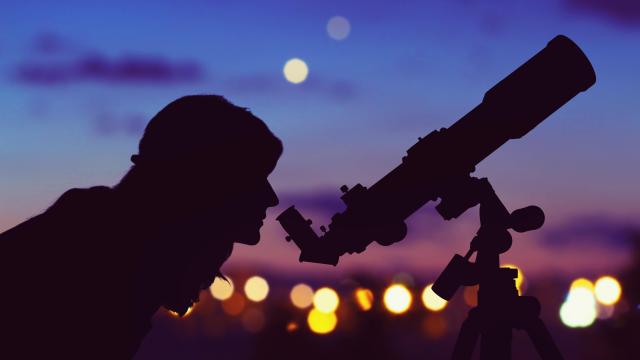Along with puzzles, knitting, and baking banana bread, backyard astronomy was something a lot of people got into at the beginning of the pandemic. Two years later, there may not be the same enthusiasm for checking the weekly night-sky forecast and adding upcoming meteor showers to your calendar, but it’s an activity that has been around for centuries with enduring appeal (especially if you have little ones who are excited about space).
If you fall into that category and are looking for something else to add to your celestial repertoire, here’s a quick guide to spotting and reporting asteroids.
How to find asteroids
In case you need a refresher, asteroids are (relatively) small, rocky objects that orbit the sun and some other planets — including Earth. And while it’s possible for amateur astronomers to spot an asteroid, it does take some practice and knowledge.
The same basic rules of stargazing and night-sky observation apply — including going to the darkest (safe) location possible on a clear night when the moon is small or not very bright, and doing so with the understanding that you’re going to be there for a while.
You can improve your chances of finding an asteroid by using a telescope — ideally, one with an aperture of at least eight inches that is equipped with an astronomy-imaging camera, Gregory Leonard, a research scientist at the University of Arizona’s Catalina Sky Survey recently told the New York Times. However, he notes that it’s possible to spot Vesta — the biggest asteroid out there — with your naked eye on an especially dark night.
According to Leonard, use your telescope to take a bunch of photos of a single patch of sky over the course of an hour. After that, quickly flip through them (like animation slides) and look for any type of light that appears to be in motion. While the stars in the images will stay in one place throughout the hour, asteroids, satellites, comets and other pieces of assorted space debris will appear to be moving.
How to report asteroids
When it comes to scientific data, every little bit helps, so if you’ve spotted what you think was an asteroid, you may want to consider reporting it to the Minor Planet Centre, which is operated by Harvard University and the Smithsonian, and funded through a grant from NASA’s Near-Earth Object Observations program.
Before anything else, familiarise yourself with the type of data scientists at the Centre are looking for and how to collect it — all of which is available on the Minor Planet Centre’s website. Then, when you’re ready to report, use this online form to submit your data.

Leave a Reply
You must be logged in to post a comment.